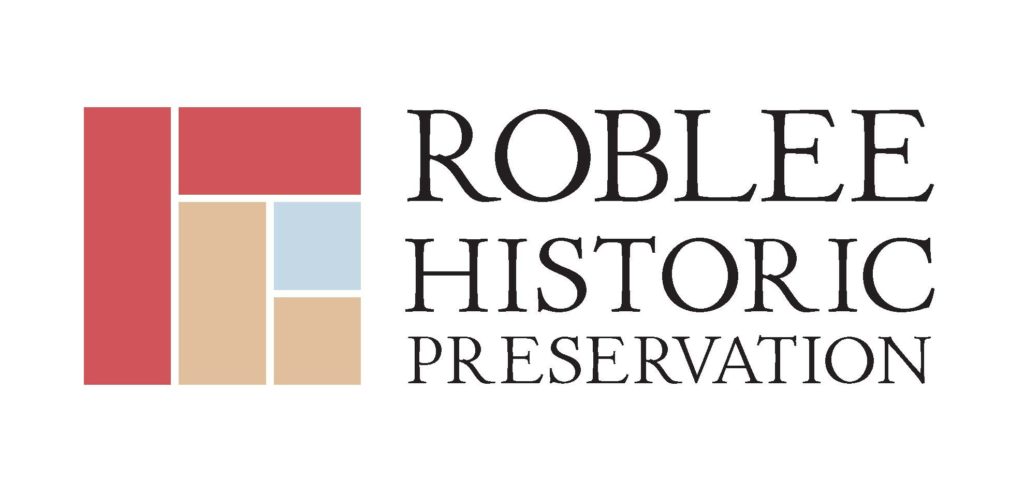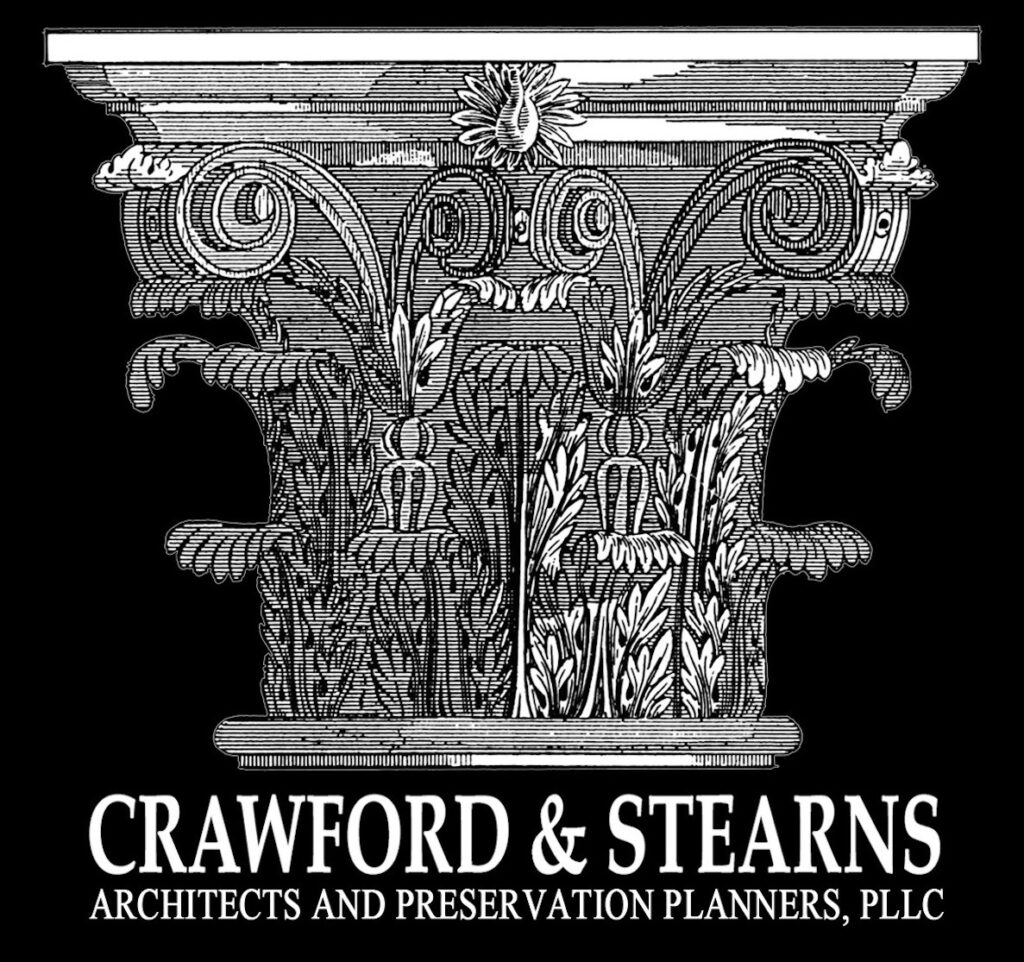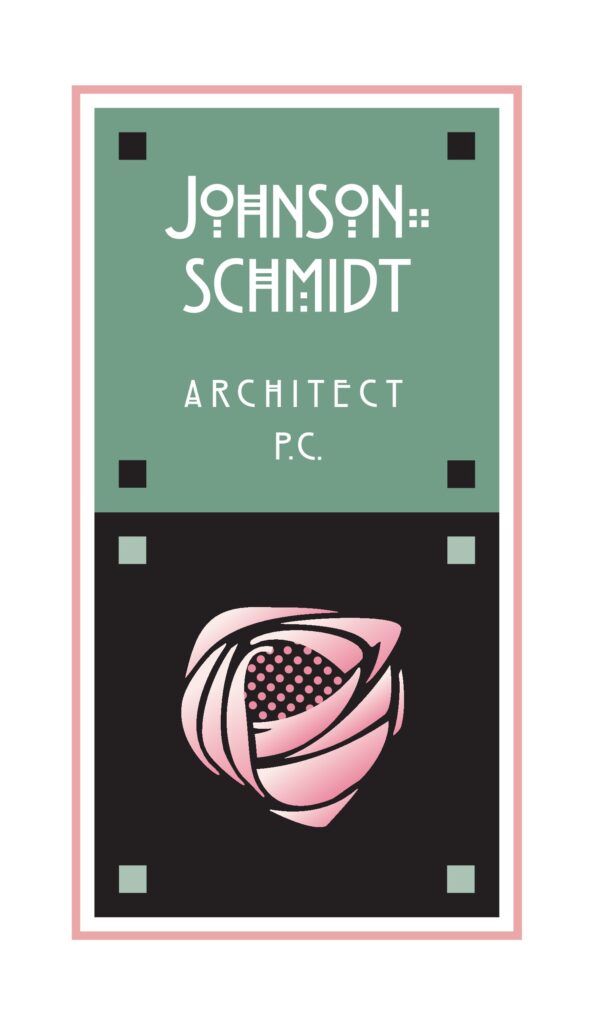PACNY is pleased to present the Preservation Merit Award in recognition of exceptional achievement in historic preservation to the Grange Building.
The Grange Building at 203 East Water Street in Syracuse was built in 1925 and was originally home to an auto dealership. The property is a four-story, brown brick commercial building that was listed on the National Registry for Historic Places in 1976 as part of Downtown Syracuse’s Hanover Square Historic District. Due to Hanover Square’s position on the Erie Canal, the area has historically been a commercial center for the City of Syracuse.
In 2011, Grange Realty Associates, LLC purchased the property and undertook to rehabilitate the vacant building. A significant challenge in the adaptive reuse of the building was the addition of a fire escape off the north side of the building. The Grange Building fire escape was the first allowed in the City of Syracuse in 50 years and is a good example of appropriate design solutions to accommodate contemporary safety requirements while maintaining the integrity of a historic property.
The building was completed in December, 2012 and features three high end luxury apartment units and a prime first floor retail location. The apartments are 1500 square feet, feature two bedrooms, two baths, stainless steel appliances, gas fireplaces, and beautiful wood floors. The apartments all provide an outstanding view of historic Hanover Square.
PACNY commends Grange Realty Associates, LLC and Open Atelier Architects for exceptional achievement in historic preservation for adaptive reuse of the Grange Building.

Historic Grange Building and view

Interior features















